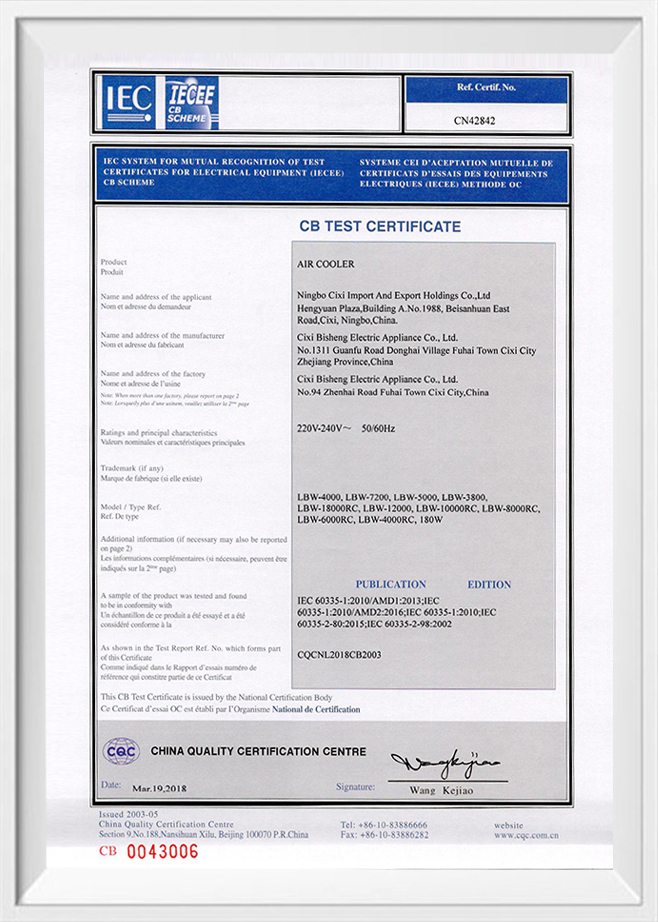Ways to improve the energy efficiency ratio of 120w 3-In-1 Touch Screen Air Cooler LBW-6500/6500-1
Energy-saving technology
High-efficiency compressor technology:
Selecting compressors with high energy efficiency ratio can significantly reduce energy consumption and improve energy efficiency ratio by optimizing the operating conditions of the compressor and adopting advanced control technologies (such as frequency conversion technology, multi-stage compression technology, etc.).
Optimizing the refrigerant cycle:
Using environmentally friendly and energy-efficient refrigerants, such as R134a or R410A, which have low global warming potential (GWP) and high energy efficiency.
Optimizing the flow path and circulation system of the refrigerant to reduce energy loss and improve refrigeration efficiency.
Intelligent control system:
Adopting an intelligent control system to automatically adjust the cooling power according to the ambient temperature, humidity and user needs, avoid over-cooling or under-cooling, thereby improving the energy efficiency ratio.
Heat recovery technology:
Consider adding a heat recovery system to the design to recycle the waste heat generated during the cooling process for other purposes (such as heating water), thereby improving the overall energy utilization efficiency.
Energy-saving design
Optimize air duct design:
Through precise calculation and optimized design, the air duct is made smoother, the resistance during air flow is reduced, and the air flow and cooling efficiency are improved.
High-efficiency heat exchanger:
Use high-efficiency heat exchangers, such as fin heat exchangers or plate heat exchangers, which have a larger heat exchange area and higher heat exchange efficiency, thereby improving the cooling effect and reducing energy consumption.
Material selection:
Select lightweight but strong materials to manufacture the shell and internal structure of the product to reduce the overall weight and energy consumption.
Use materials with good thermal conductivity to manufacture key components such as water tanks and condensers to improve heat exchange efficiency.
Noise reduction design:
Reducing noise levels by optimizing the shape of fan blades, using shock-absorbing materials, and improving motor structure. These designs also help reduce energy consumption (because unnecessary energy loss is reduced).
Comprehensive measures
Regular maintenance: Regularly maintain the product to ensure the normal operation and cleaning of each component to avoid reduced energy efficiency due to malfunction or dirt.
User Education and Training: Provide users with instructions and training to let them know how to use and adjust the product correctly to improve energy efficiency.

 English
English 中文简体
中文简体 Español
Español





















